1. CD Players
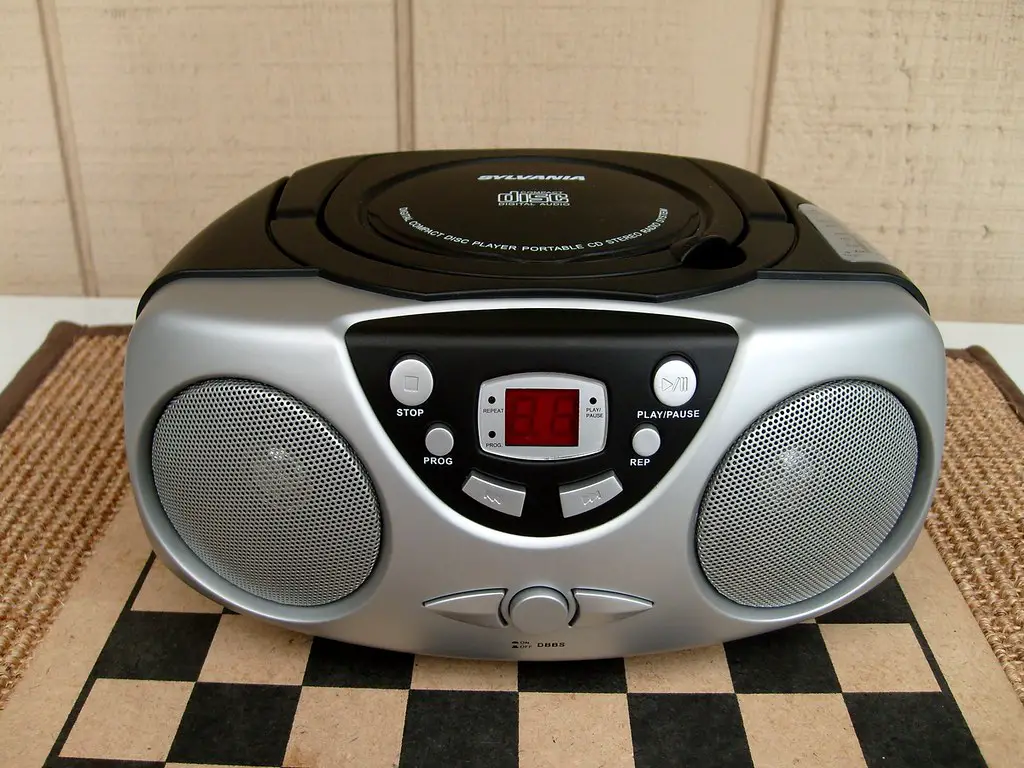
CD players, both standalone and in vehicles, are fast becoming obsolete as streaming services take over music consumption. Platforms like Spotify, Apple Music, and Amazon Music provide vast libraries of songs without the need for physical media. Even cars now come equipped with Bluetooth and USB options rather than CD slots, signaling the shift in consumer preferences.
By 2030, CD players will be relegated to thrift stores and vintage shops, cherished only by audiophiles who enjoy the tactile experience of handling discs. For the average listener, the convenience of digital music is unparalleled, making the days of carrying around CDs a thing of the past. This shift underscores the broader trend toward digital media dominance.
2. Physical Alarm Clocks
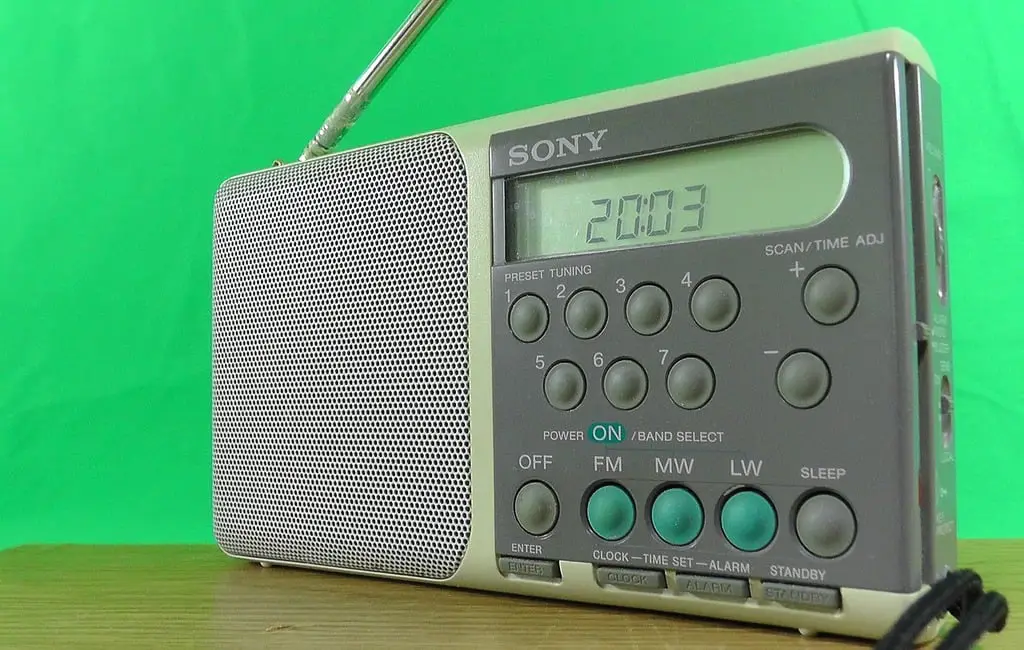
The trusty bedside alarm clock is slowly ticking toward extinction. Smartphones have made standalone alarm clocks redundant by offering customizable alarm tones, sleep tracking, and integration with smart home systems. The bulky, battery-operated designs that once sat on every nightstand now seem archaic compared to sleek, multifunctional mobile devices.
While some people still appreciate alarm clocks for their simplicity and nostalgia, even these are being replaced by smart speakers with built-in alarm functions. Voice-controlled devices like Amazon Echo or Google Nest can wake you up, adjust your room’s lighting, and even brew your coffee—all with a single command. By 2030, physical alarm clocks will likely be viewed as vintage collectibles rather than essential tools for modern living.
3. Checkbooks

The days of balancing a checkbook are nearly over, as digital payment systems continue to gain dominance. Mobile banking apps, peer-to-peer payment platforms like Venmo, and automatic bill pay services have all made writing checks unnecessary. Many businesses, from utilities to landlords, now prefer electronic payments for their speed and efficiency, leaving checkbooks gathering dust.
Even the older generations, traditionally loyal to checks, are increasingly adopting digital alternatives. The global push toward a cashless society further accelerates this trend, with many banks reducing or even eliminating check services altogether. By 2030, the act of writing a check might feel as quaint as paying with gold coins—an outdated relic of a bygone era.
4. DVDs and Blu-rays

Physical media like DVDs and Blu-rays are steadily being replaced by streaming services. Platforms like Netflix, Disney+, and Hulu offer instant access to thousands of titles without the need for physical storage. Additionally, advancements in internet speed and cloud technology have made downloading or streaming high-definition content seamless and convenient.
Collectors might still cling to their treasured discs, but the average consumer sees little reason to own physical copies when everything is available at the click of a button. By 2030, even newer technologies like 4K Blu-ray will struggle to compete with the growing demand for digital-only platforms. Like vinyl records, DVDs and Blu-rays might survive as niche items for enthusiasts, but they’ll be far from mainstream.
5. Traditional Keys
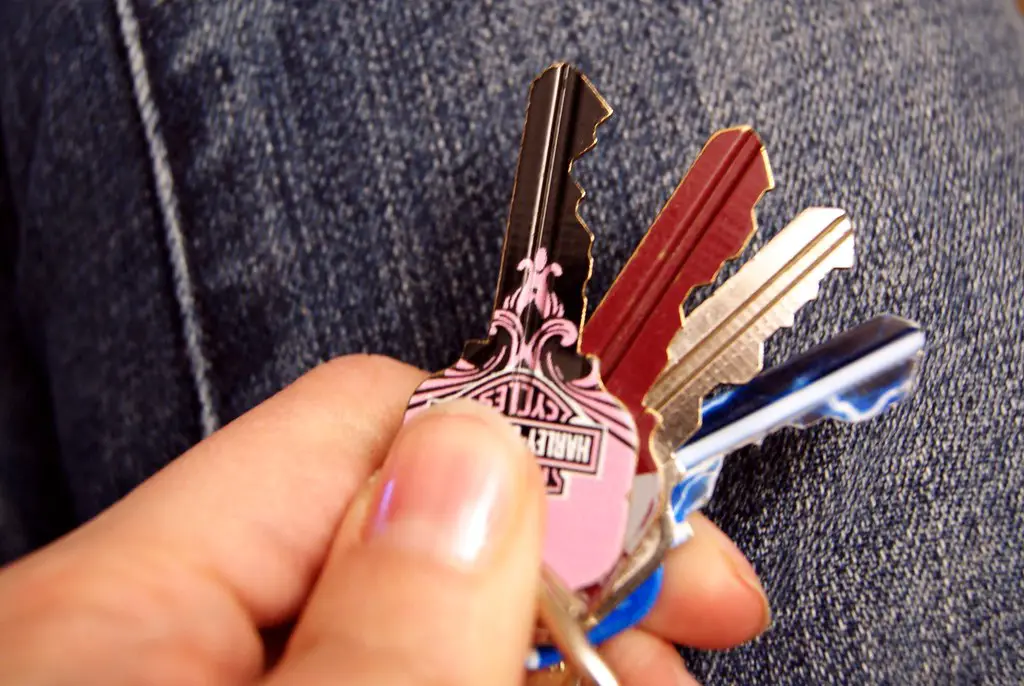
Metal keys are slowly being replaced by digital and biometric access systems. Many modern homes and cars now feature keyless entry, using smartphone apps, fingerprint readers, or facial recognition instead. These advancements eliminate the need to fumble for keys and offer enhanced security features, such as the ability to lock or unlock doors remotely.
Hotels and office buildings have long embraced keycard technology, and it’s only a matter of time before traditional keys become obsolete for residential use. By 2030, carrying around a jangling set of keys might seem as outdated as using a horse-drawn carriage. The convenience and safety of digital alternatives will make traditional keys a relic of the past.
6. Paper Maps

Paper maps, once an essential tool for travelers, are quickly fading from use. GPS navigation apps like Google Maps and Waze provide real-time directions, traffic updates, and even alternate routes, making paper maps seem cumbersome and outdated. The convenience of a smartphone or dashboard GPS far outweighs the charm of unfolding a giant map on a road trip.
Collectors and enthusiasts might still admire vintage maps for their artistry and historical value, but their practical application is almost nonexistent today. By 2030, paper maps will likely be confined to museums or niche hobbyists, as digital navigation continues to evolve with augmented reality overlays and hyper-accurate location tracking.
7. Fax Machines
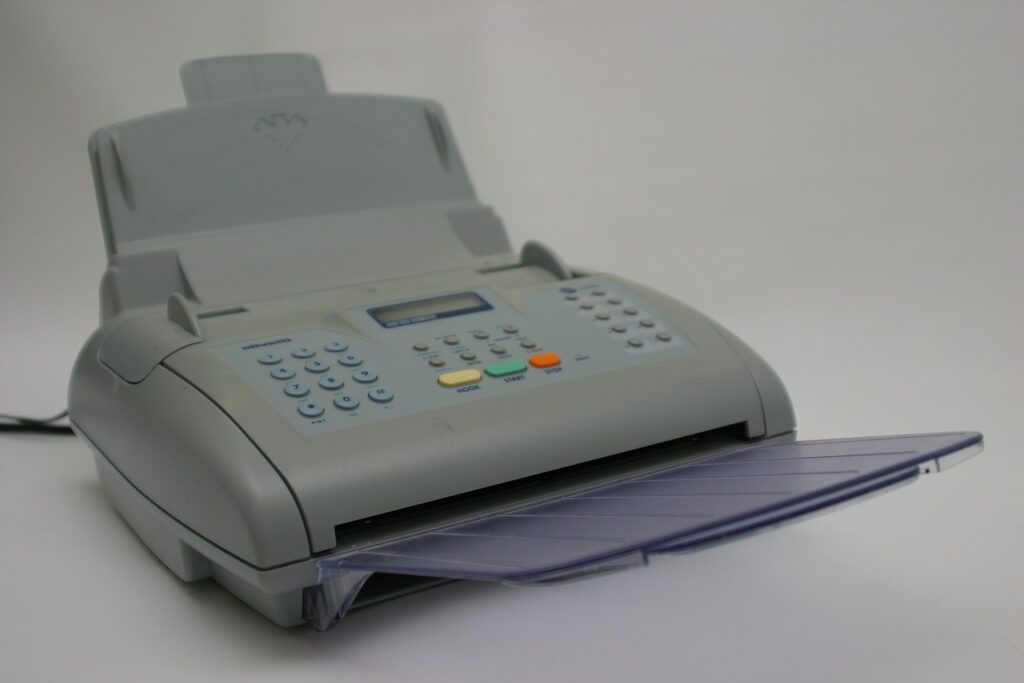
Fax machines, once an office essential, are rapidly approaching obsolescence. Email and digital document sharing platforms like Dropbox and Google Drive have all but eliminated the need for faxing. Even industries that were once heavily reliant on faxing, such as healthcare and legal, are adopting secure electronic transmission methods that are faster and more reliable.
For businesses still clinging to this outdated technology, the high maintenance costs and declining availability of parts make it an impractical choice. By 2030, the hum of a fax machine will likely be a distant memory, replaced by sleek, all-digital communication solutions. The rare holdouts will exist only in highly regulated sectors that struggle to update their processes.
8. Rolodexes
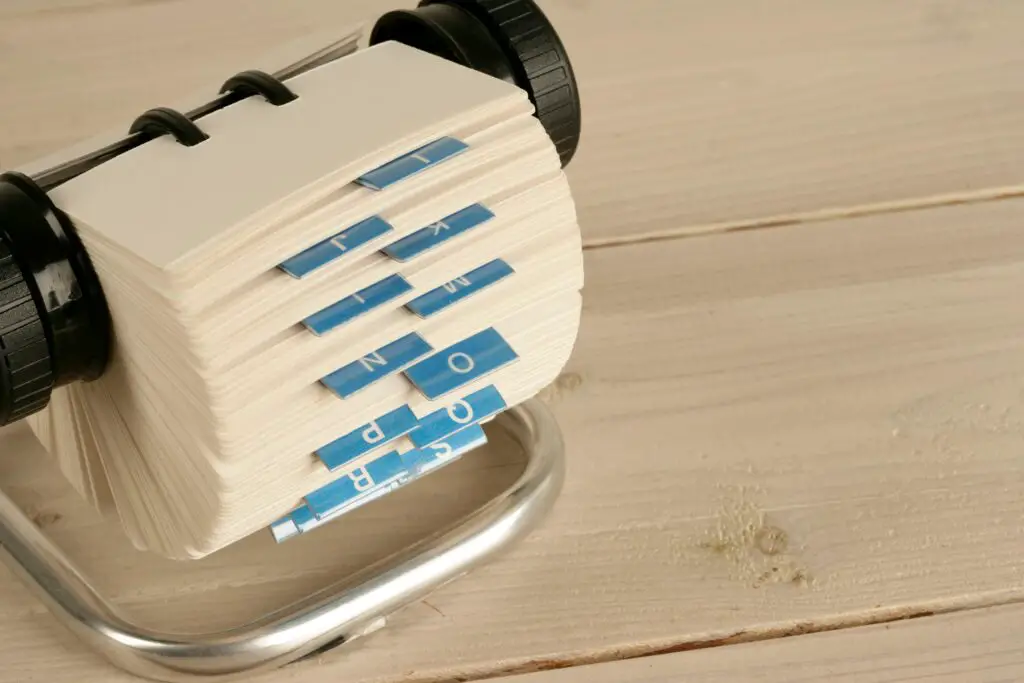
The iconic Rolodex, a staple of desks in the 20th century, has been supplanted by digital contact management systems. Smartphones, CRM platforms, and cloud-based address books make organizing and accessing contact information effortless. With advanced search capabilities and synchronization across devices, physical Rolodexes simply cannot compete.
Even for professionals who enjoy the tactile aspect of flipping through cards, the need for efficiency and connectivity outweighs nostalgia. By 2030, Rolodexes may become collectors’ items or quirky office decor, but they’ll be far removed from their once-critical role in business operations. Their decline marks another step in the digitization of everyday tools.
9. Disposable Plastic Bags

With growing environmental concerns, disposable plastic bags are being phased out in many parts of the world. Governments and retailers are increasingly banning their use, replacing them with reusable or biodegradable alternatives. Public awareness about plastic pollution has spurred a cultural shift, encouraging consumers to bring their own reusable bags to stores.
By 2030, disposable plastic bags will be as rare as single-use straws, thanks to regulations and evolving consumer habits. Retailers are likely to implement stricter policies, and innovative bag designs will take center stage. This move not only benefits the environment but also reflects society’s broader commitment to sustainability.
10. Light Bulbs With Filaments
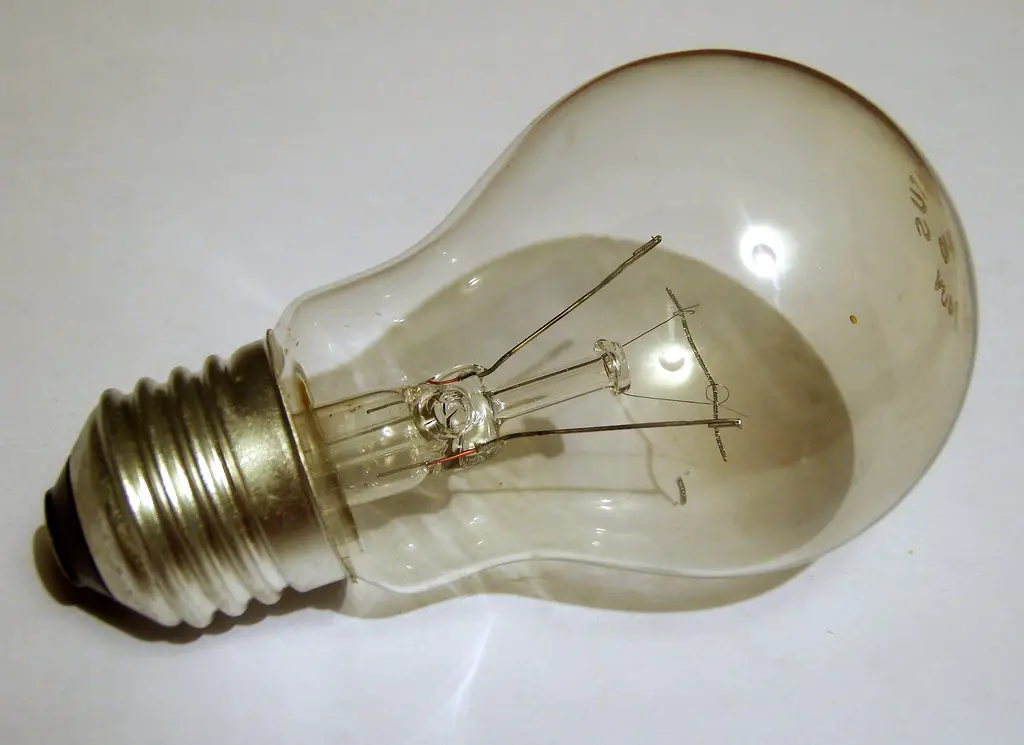
Traditional incandescent light bulbs are quickly disappearing, replaced by energy-efficient LEDs and CFLs. Governments worldwide are imposing stricter energy standards, making the old-fashioned filament bulbs non-compliant. LEDs, with their longevity, lower energy consumption, and improved brightness, have become the default choice for homeowners and businesses alike.
By 2030, finding an incandescent bulb may be as difficult as locating a rotary phone. Though some vintage enthusiasts may hoard them for decorative purposes, their widespread use will be impractical and costly. The transition to sustainable lighting is another sign of technology pushing society toward eco-friendly alternatives.
11. Standalone GPS Devices
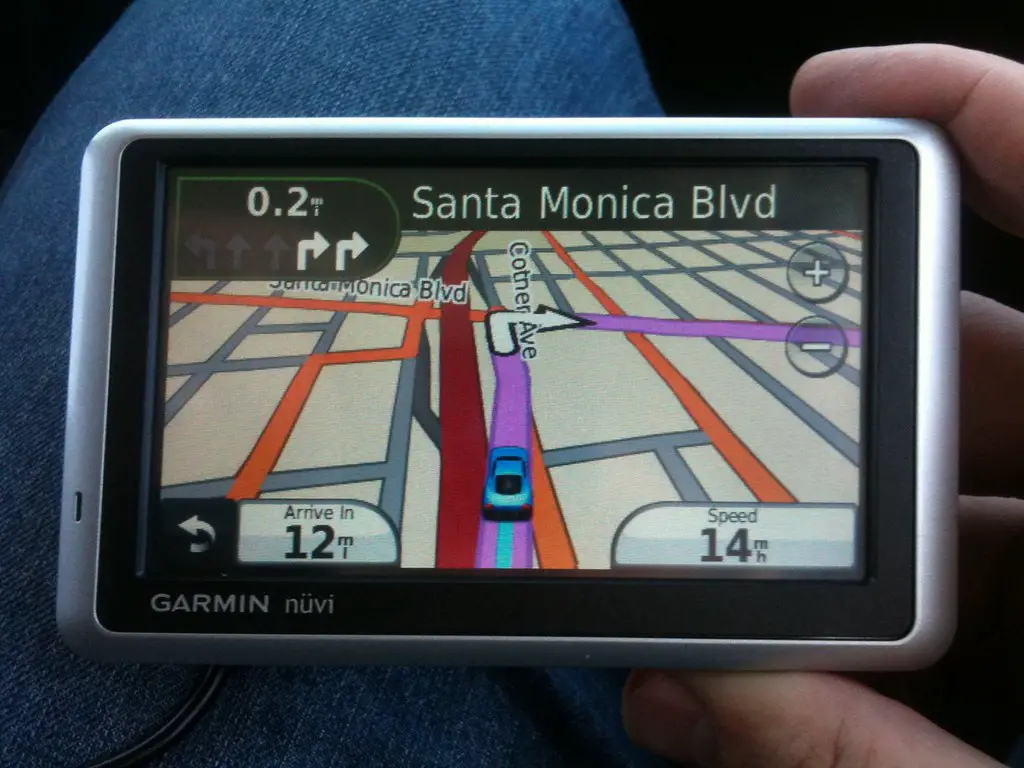
Once the ultimate travel companion, standalone GPS devices are becoming redundant as smartphones and car infotainment systems dominate the navigation space. Apps like Google Maps, Apple Maps, and Waze provide up-to-date maps, traffic alerts, and turn-by-turn instructions—all without requiring a separate device. These apps also integrate seamlessly with wearable tech and smartwatches for added convenience.
By 2030, standalone GPS units will be little more than a nostalgic relic. While they may still be used in niche industries or remote locations, the average consumer has moved on to multipurpose devices. The rise of augmented reality navigation will only further cement the decline of traditional GPS gadgets.
12. Landline Telephones
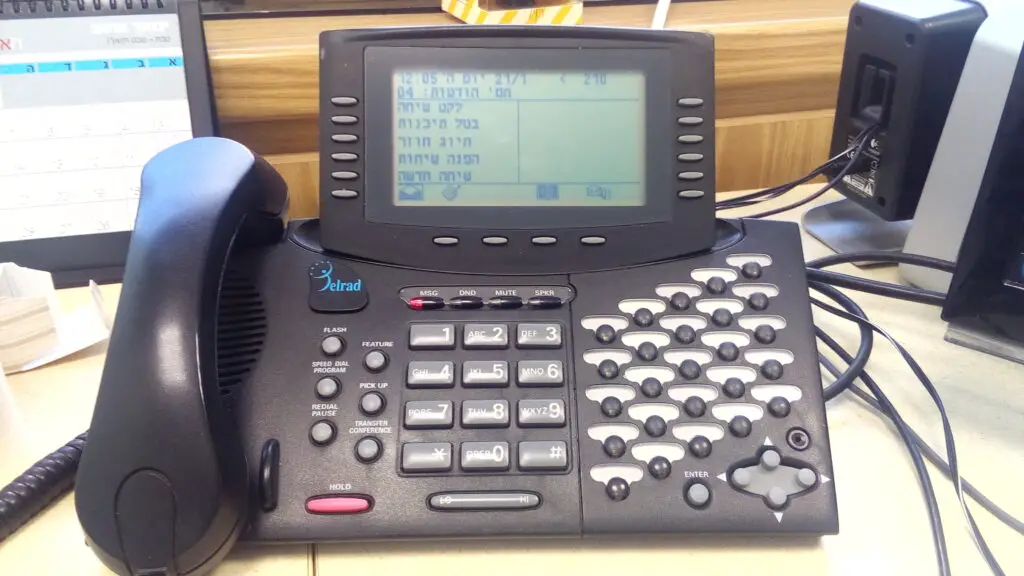
Landline telephones, once a household staple, are on their way out. With nearly everyone relying on mobile devices for calls, messaging, and internet access, the need for traditional home phones is rapidly diminishing. Telecommunication companies are even phasing out copper wire networks in favor of fiber optics, making landline infrastructure obsolete. By 2030, the convenience and cost-effectiveness of smartphones will ensure that landlines are relegated to history books or used only in niche scenarios, such as emergency systems.
For those who still cherish the nostalgic sound of a landline ringing, alternatives like internet-based home phone services might linger. However, even these are becoming less popular as voice-over-IP (VoIP) and mobile apps like Zoom or WhatsApp dominate communication. The shift is also cultural—landlines, once a symbol of stability, are no longer practical in today’s fast-paced, mobile-first world.
